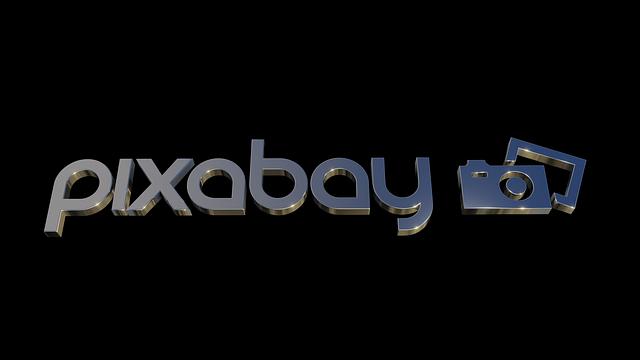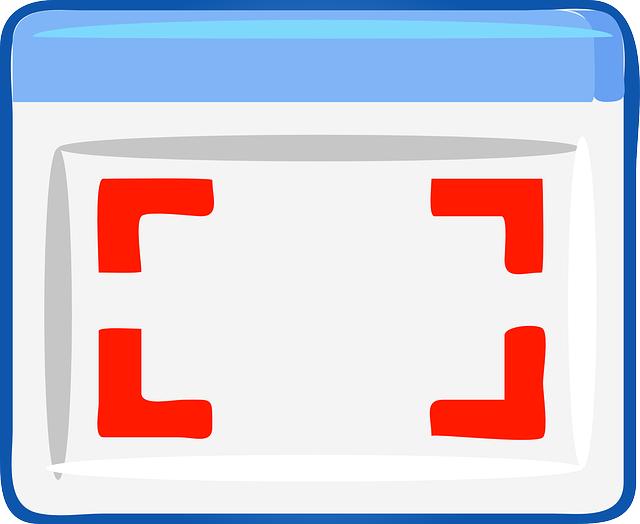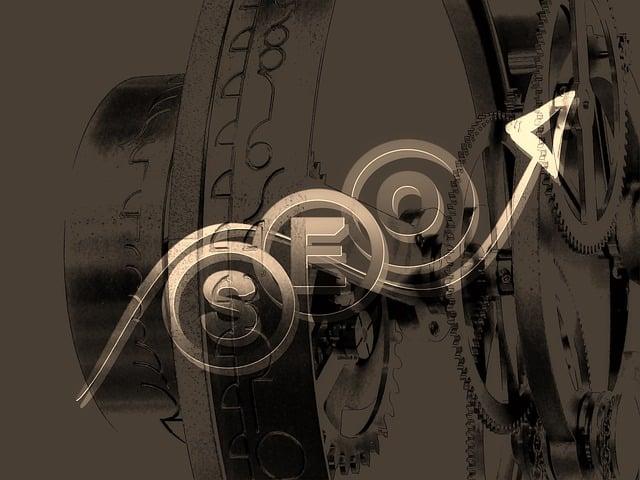- Introduction
- Why Plagiarism Checkers are Important
- Top Free Online Plagiarism Checkers
- How to Effectively Use a Plagiarism Checker
- Common FAQs about Plagiarism Checkers
- Conclusion
Introduction
In an age where content is king, maintaining originality is crucial. With students, writers, and professionals producing vast quantities of text every day, the risk of unintentionally incorporating someone else's ideas or phrases grows. Plagiarism checkers serve as essential tools to ensure that your work remains original and free from unintentional overlap with existing texts. In this guide, we will explore why these tools are important, highlight some of the best free online plagiarism checkers, provide tips on how to use them effectively, and answer common questions surrounding plagiarism detection.
Why Plagiarism Checkers are Important
Plagiarism checkers are vital for several reasons. First and foremost, they help maintain academic integrity by ensuring that the work produced is original. Many educational institutions have strict policies against plagiarism, and using a plagiarism checker can prevent serious repercussions such as failing grades or disciplinary action.
Secondly, in the professional world, original content is valued highly. Copying someone else’s work, even unintentionally, can seriously harm a writer's reputation or the credibility of a brand. Moreover, it can lead to legal ramifications in severe cases, such as copyright infringement lawsuits.
Thirdly, these tools play an essential role in improving writing skills. By receiving feedback on unoriginal sections of their work, users can learn to paraphrase more effectively and understand proper citation practices.
Finally, plagiarism checkers can assist in content marketing and SEO strategies. Search engines favor unique content, and websites that utilize original writing tend to rank higher in search results, thus driving more traffic to their pages.
Top Free Online Plagiarism Checkers
Now that we understand the importance of plagiarism checkers, let’s explore some of the top free online options available today. These tools provide varying levels of detail, user interfaces, and additional features suitable for different needs.
1. Grammarly
Grammarly is widely recognized for its grammar and spelling checking capabilities, but it also includes a plagiarism detection feature in its premium version. However, the free version does allow limited access to basic writing suggestions, addressing potential originality issues along the way.

(Image: Pixabay/@Peter-Lomas)
2. Quetext
Quetext is an easy-to-use tool that offers accurate results through DeepSearch technology. While the free tier has a word limit for analysis, it allows users to receive a comprehensive overview of potential plagiarism, making it ideal for quick checks.

(Image: Pixabay/@Ben_KtRN)
3. Plagscan
Plagscan stands out with its user-friendly interface and effective detection algorithms. Users can either copy-paste text directly into the tool or upload documents. The free plan comes with a limited number of checks per month, but it's enough for occasional use.

(Image: Pixabay/@Clker-Free-Vector-Images)
4. PaperRater
PaperRater combines plagiarism detection with grammar checking and writing suggestions. Its free version provides a robust analysis of written content, helping users improve both style and originality. Although the free tier has some limitations, it is still a valuable resource.

(Image: Pixabay/@beasternchen)
5. Small SEO Tools
This tool offers one of the most straightforward plagiarism detection functionalities. Users can paste their text or upload files, allowing for fast analysis. Additionally, it features other useful SEO tools, making it a go-to for marketers and content creators.

(Image: Pixabay/@geralt)
Each of these plagiarism checkers comes with unique features that cater to specific needs, whether for students or professional writers. When choosing a plagiarism checker, consider factors like accuracy, speed, and additional functionality to find the right fit for your requirements.
How to Effectively Use a Plagiarism Checker
Utilizing a plagiarism checker effectively can maximize its benefits. Here are some detailed steps and tips to enhance your experience:
1. Choose the Right Checker
Select a plagiarism checker that best suits your needs. For academic work, opting for a checker specifically designed for educational use can offer additional insights and references. Conversely, for content marketing, a more comprehensive SEO-aware tool may serve you better.
2. Prepare Your Text
Before running your document through a plagiarism checker, ensure that your text is well-formatted. Break down large documents into smaller sections for easier analysis and clearer results. This is especially useful if your chosen tool has word count limits.
3. Review the Results Carefully
Once you receive the plagiarism report, review it comprehensively. Understanding what triggered a potential match is crucial. Some tools will highlight specific phrases; ensure you analyze these for context and intent. Sometimes, common phrases or quotations might only need proper citation rather than rephrasing.
4. Cross-Reference Sources
If the checker identifies overlapping content, take the time to investigate the original sources. Understanding how the content relates back to your work can help determine whether it constitutes real plagiarism or acceptable similarities, which can inform how you revise your work moving forward.

(Image: Pixabay/@OpenClipart-Vectors)
Common FAQs about Plagiarism Checkers
As we navigate the world of plagiarism detection, several common questions arise regarding their functionality and effectiveness. Here are some frequently asked questions:
What is a plagiarism checker?
A plagiarism checker is a software tool designed to detect instances of plagiarism in written text, comparing it against a wide database of published content to identify overlaps.
Are free plagiarism checkers reliable?
While many free plagiarism checkers can provide a good indication of originality, they may lack the advanced features and extensive databases of paid versions. It's always wise to cross-reference results and consider investing in dedicated plagiarism detection tools when necessary.
Can plagiarism checkers guarantee that my work is original?
No plagiarism detector can offer absolute guarantees since new content is constantly being created. However, they can significantly reduce the chances of unintentional plagiarism by alerting users to potential matches.
How often should I use a plagiarism checker?
Using a plagiarism checker every time you produce new content is beneficial, but particularly so for academic submissions or professional writing. Regular usage cultivates good writing habits and ensures ongoing adherence to copyright laws.
Conclusion
In conclusion, plagiarism checkers are invaluable tools for anyone engaged in writing. Whether for academic use or professional content creation, they provide security and assurance against unintentional plagiarism while promoting original thought and creativity. With numerous free options available, finding a tool to suit your needs has never been easier. Regularly employing these resources can empower writers to enhance their skills and maintain the integrity of their work.
FAQs
What is a plagiarism checker?
A plagiarism checker is a tool used to detect instances of plagiarism by comparing submitted text against a database of content.
Are there any completely free plagiarism checkers?
Yes, several reliable plagiarism checkers are available for free, although they may have limitations on features or word count.
Do plagiarism checkers highlight all instances of plagiarism?
Not necessarily. They show potential matches; it is important for users to analyze these results for context and citation standards.
Is it necessary to cite commonly known information?
Generally, widely accepted facts do not require citation. Plagiarism checkers primarily identify overlaps in phrasing and unique ideas.
